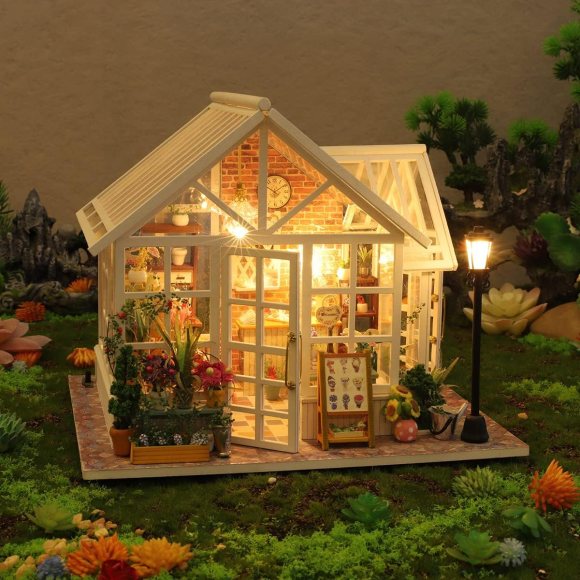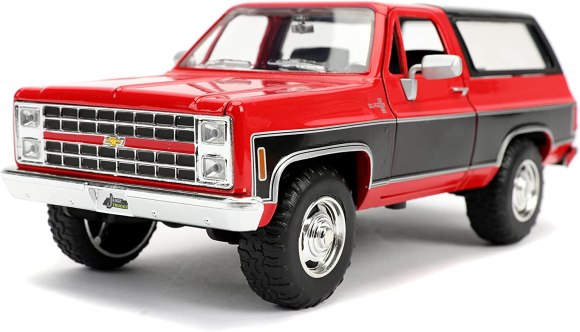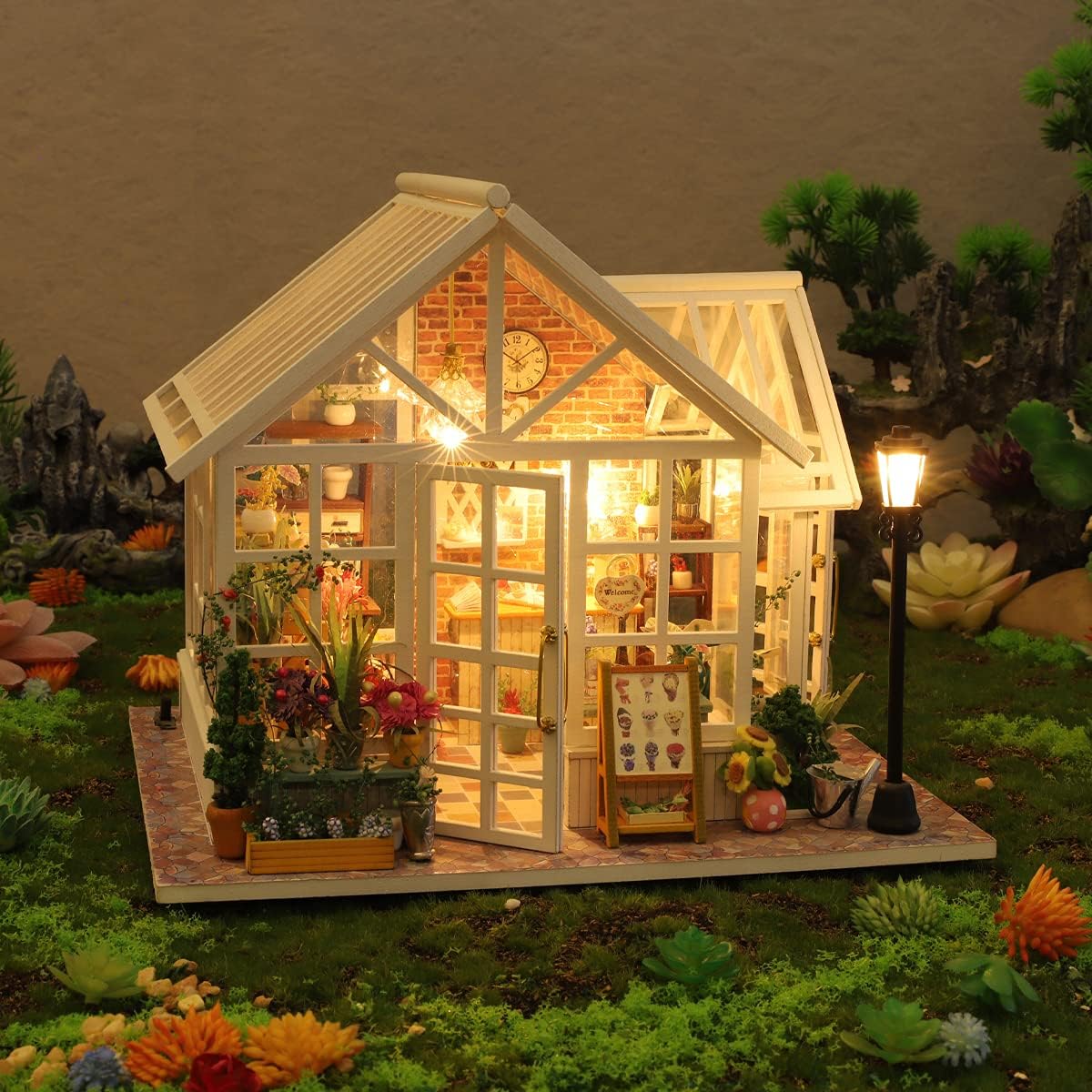Welcome to the enchanting realm of miniatures, where tiny treasures come to life and craftsmanship knows no bounds. Whether you’re crafting a dollhouse, setting up a train display, or furnishing a miniature world, the importance of scale cannot be overstated. In this deep dive, we’ll explore the various scales commonly found in miniatures, decipher the numeric language that defines them, and understand the impact scale has on your miniature universe.
Understanding Scale: A Numeric Adventure
1. Dollhouses and Miniatures:

- 1:12 Scale: This is the standard scale for dollhouses, where 1 inch in miniature equals 1 foot in reality. This is the most popular scale, making it easy to find furniture and accessories in this size.
- 1:24 Scale: Often referred to as half-scale, this scale is smaller, with 1 inch in miniature representing 2 feet in real life. It’s great for smaller spaces and intricate details.
- 1:48 Scale: Quarter-scale reduces the size further, with 1 inch in miniature equating to 4 feet in reality. Perfect for those who relish the challenge of intricacy in a limited space.
2. Dolls and Action Figures:

- 1:6 Scale: Commonly found in action figures and fashion dolls like Barbie, this scale means 1 inch in miniature equals 6 inches in reality. Perfect for recreating lifelike scenes and settings.
- 1:3 Scale: American Girl dolls typically fall into this category, where 1 inch in miniature represents 3 inches in the real world. Ideal for creating larger and more detailed scenes.
3. Train Sets:
- G Scale: Often used for garden railroads, G scale operates at a 1:22.5 scale, making it larger and perfect for outdoor settings.
- HO Scale: At 1:87, HO scale is a popular choice for model train layouts, offering a balance between detail and space efficiency.
- N Scale: With a scale of 1:160, N scale is smaller and suitable for those with limited space, maintaining a high level of detail.
The Importance of Choosing the Right Scale

1. Proportion and Realism:
Choosing the appropriate scale ensures that your miniatures are in proportion to each other and their surroundings, creating a more realistic and aesthetically pleasing environment.
2. Space Considerations:
Scale directly impacts the space required for your miniature setup. If space is limited, a smaller scale may be the key to creating a detailed and immersive world.
3. Availability of Accessories:
The most common scales, like 1:12, have a wide array of accessories and furniture available. Consider the ease of finding the right pieces for your chosen scale when building your miniature world.
4. Personal Preferences and Vision:
Your choice of scale depends on your personal preferences and the vision you have for your miniature world. Whether you lean towards realism, intricacy, or the joy of creative expression, the scale you choose shapes your miniature masterpiece.
In conclusion, the world of miniatures is a vast landscape, and navigating it successfully requires an understanding of scale. Whether you’re embarking on a dollhouse project, crafting a train set, or exploring other miniature endeavors, choosing the right scale is the key to unlocking a world of possibilities in the palm of your hand. Let your imagination run wild, but always remember – it’s the little things that make the biggest impact in the miniature universe.
